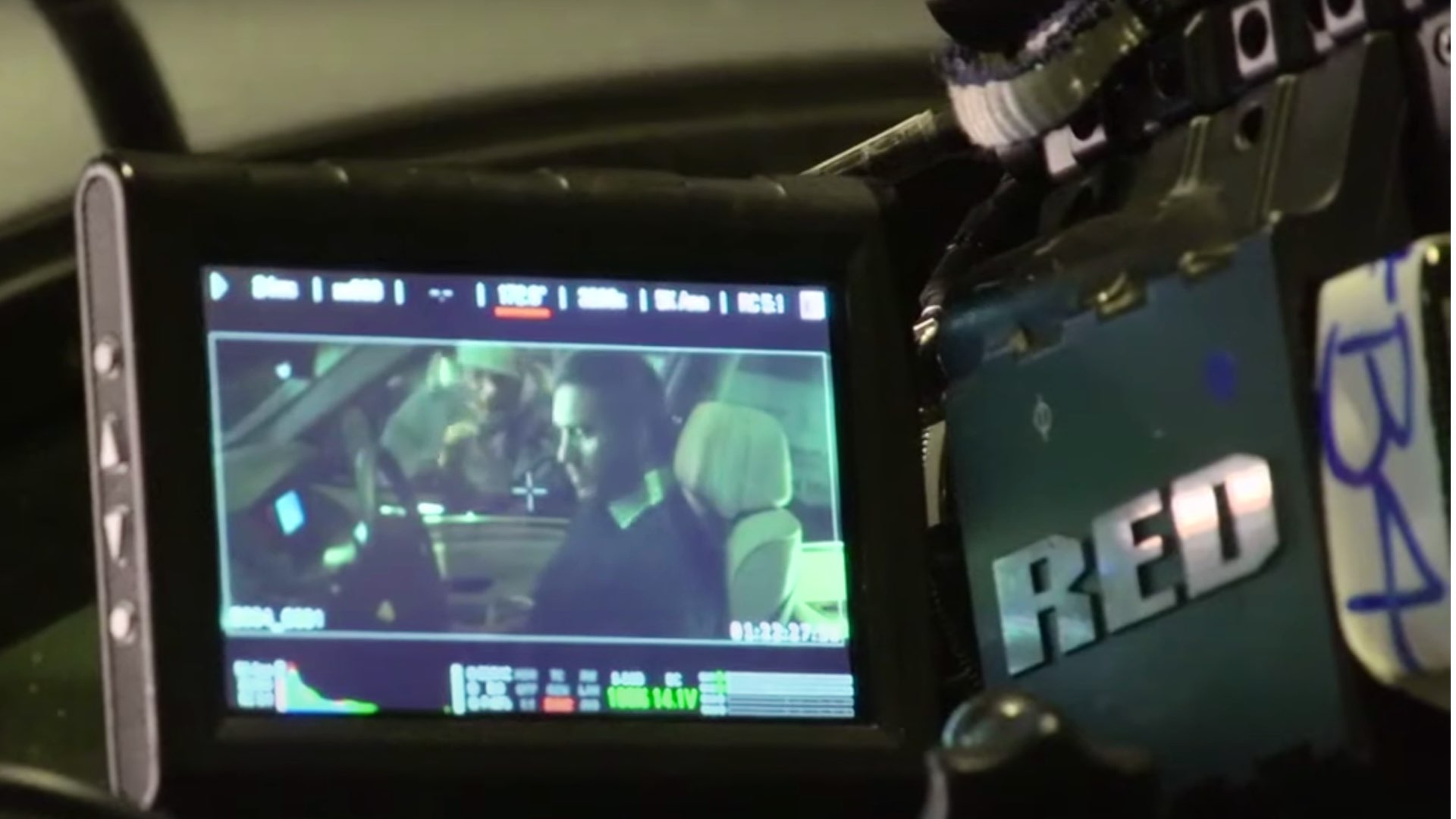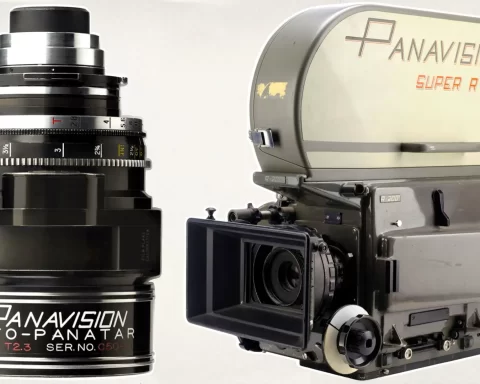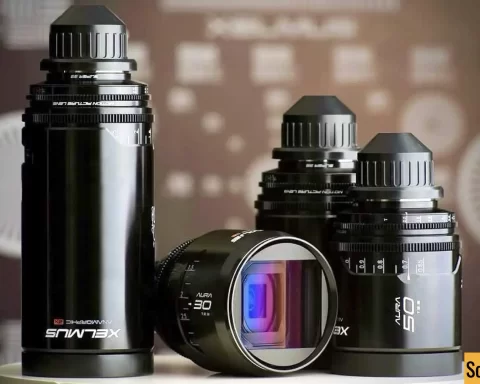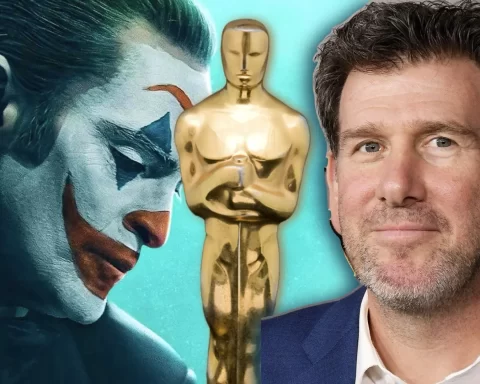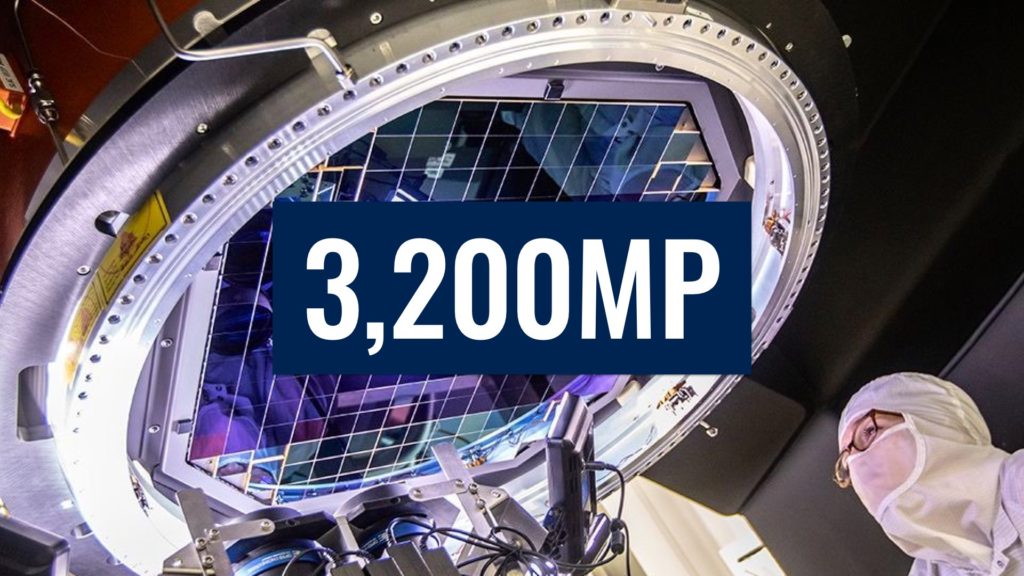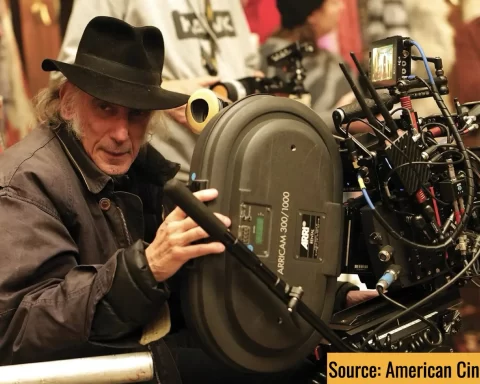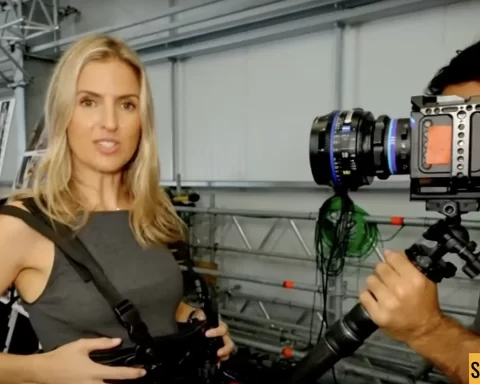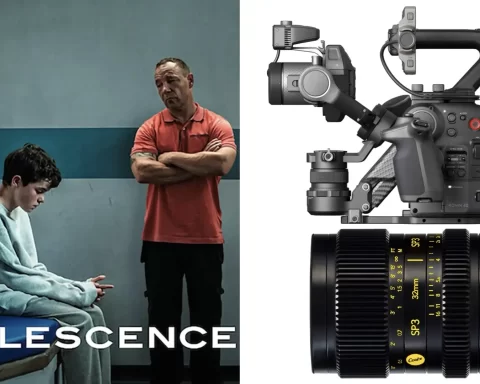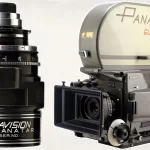Yesterday I watched the film Locke (2013) for the first time. I was amazed and blown away by its out-of-the-box concept and cinematographic execution. Building tension and telling a story based on one actor (the mighty Tom Hardy) in one location (car) is a real cinema challenge. Locke was shot on the RED Epic with the Panavision C – Anamorphic which grants some incredible flares to hypnotize the audience. Read on.
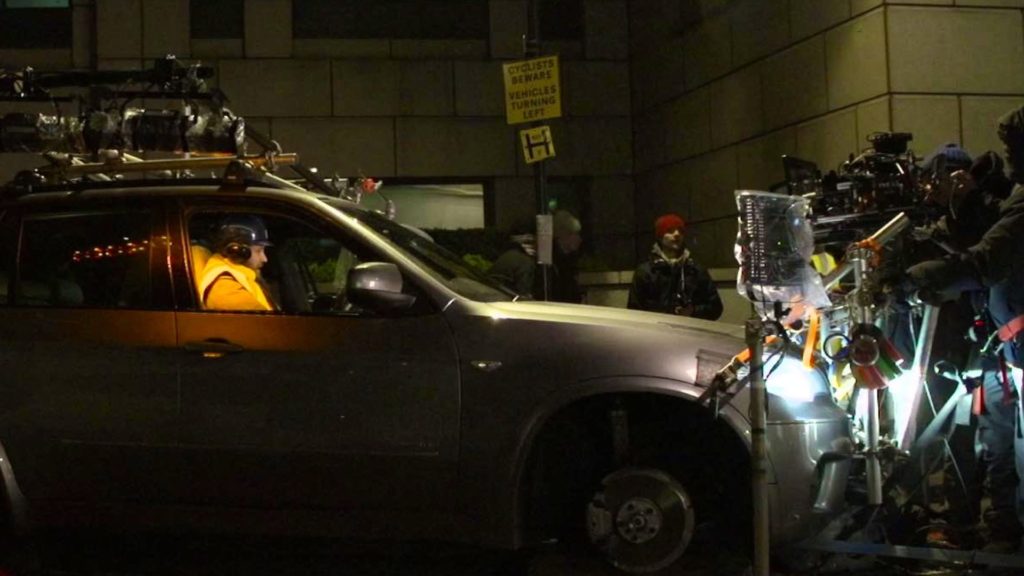
Tom Hardy as the main (and only) actor
Locke is 2013 British–American drama film written and directed by Steven Knight. The film stars Tom Hardy in the title role (playing Ivan Locke), the only character seen on screen, as he carries on a number of speakerphone conversations with characters voiced by Olivia Colman, Ruth Wilson, Andrew Scott, Ben Daniels, Tom Holland, and Bill Milner. The story is about Ivan Locke, a dedicated family man, and a successful construction manager receives a phone call on the eve of the biggest challenge of his career that sets in motion a series of events that threaten his carefully cultivated existence. Hardy is the only person filmed, and the whole story circulates around him.
Watch the trailer below:
A film based on one person. Location: Inside a car
As explained, the whole film plays on one person which is Tom Hardy. The cinematography challenges are obvious, as the imagery created is focused on one character, yet has to be interesting enough not to bore the audiences. As such, Director of Photography, Haris Zambarloukos, B.S.C, explained his strategy: “I wanted to do this as I’m shooting a spaceship, not a car” he said by indicating his approach. Furthermore, the anamorphic look contributes to hypnotize the audience and to create unique imagery while the car is driving. A lot of streetlight reflections and flares, even if overused, to keep the audiences busy yet concentrated in the main actor, which is, the only actor.
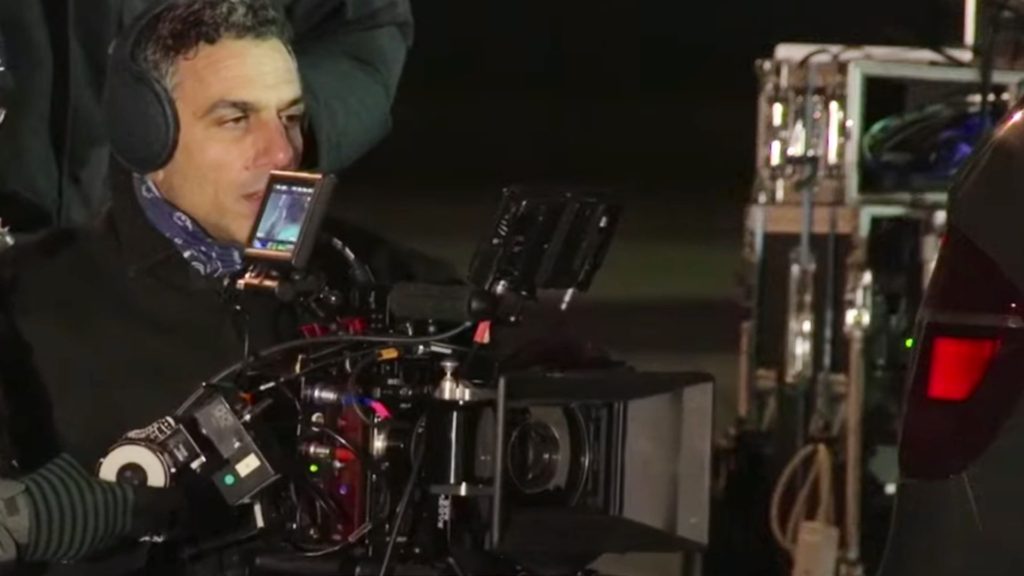
Single take shooting style
Although the film was not meant to be a long-take, the production shot it that way, until the RED-Mags needed to be replaced. The movie had an unconventional shooting schedule. Tom Hardy filmed his part in 6 days, shooting the movie twice per night as it was filmed in a single take. The other actors were in a hotel room, speaking on the phone with Hardy, who was on location (car). The film shot during the course of six nights with three cameras rolling, resulting in 30 hours of footage.
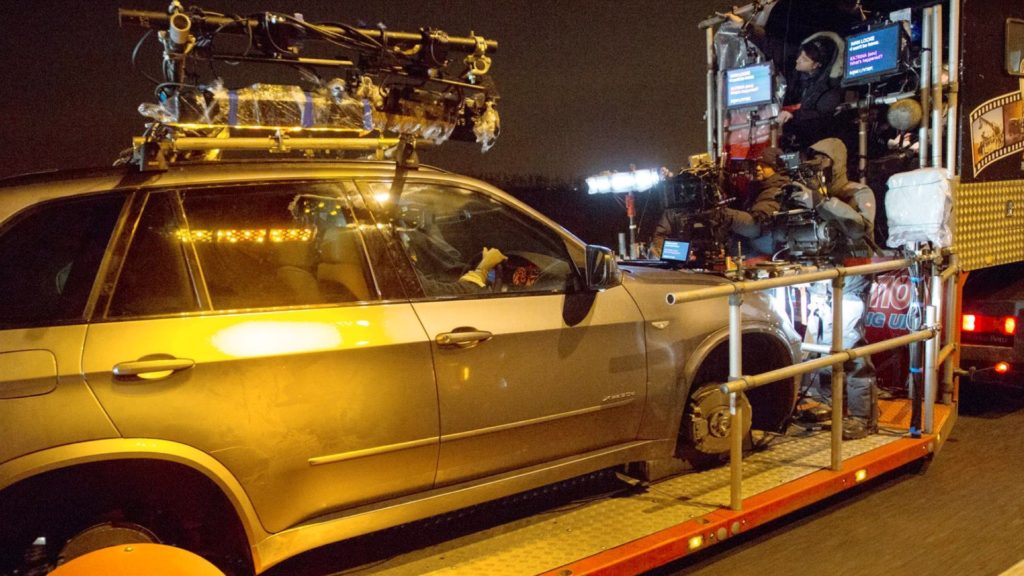
RED Epic and Panavision C Anamorphic
Locke was shot on the RED Epic (which was pretty rare in 2013), paired with Panavision Series C Anamorphic to amplify the flares resulting from ambient natural light. 100% of the movie was shot during the night, which pushed the Epic to its limits. Furthermore, BMW, which was defined as the film’s sole location, has fitted with three RED Epic digital cameras in a variety of different positions. ”Every night we would do a different angle on each camera, and every time we changed the card we changed the lens,” Zambarloukos explains.

Wrapping up
If you haven’t seen Locke, go now and watch it. It’s a gem for filmmakers. One actor-one location is the mantra here. It’s a very simple technical setup, however, the creative process must be precise, and that constitutes a real challenge. Locke is a must-see movie for filmmakers and everybody that is passionate about the art of cinema.

